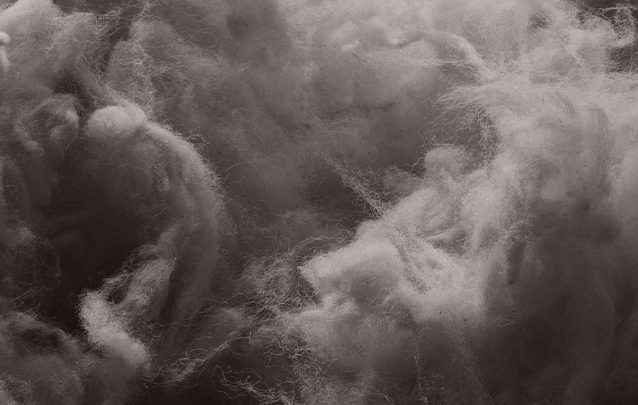No products in the cart.
Divan & Mattress Set


Best seller
26,700,000 ₫ – 162,400,000 ₫
Mattress

Best seller
64,200,000 ₫ – 164,100,000 ₫
Divan
Headboard
Beddings

Best seller
50,400,000 ₫ – 91,800,000 ₫
Email : info@euds.com.vn
Address: DVTM06, MHDI tower, 60 Hoang Quoc Viet Street, Nghia Do, Cau Giay, Ha Noi
Unraveling the Past of Shetland Sheep: A Journey into History
To comprehend the history and origins of Shetland sheep, we must turn back the clock about 4500 years when the first farmers of Shetland released small flocks of sheep. These sheep were slightly smaller than the Soay breed and lacked the wool we associate with them today. Compact, agile, and resilient, they thrived in the harsh environment and climate.

Shetland Wool’s Historical Journey
The people of Shetland began utilizing sheep’s wool for weaving around 500 BCE. By the 5th and 9th centuries, settlers from Norway and the Vikings joined, becoming indigenous inhabitants of Shetland. These Shetland residents crossbred the local Shetland sheep with short-tailed Scandinavian breeds, resulting in longer, denser, and more colorful wool.
Before long, the sheep population outnumbered the human inhabitants of Shetland. One of the most significant exports of the Shetland Islands was identified: the genuine Shetland wool.
Selective breeding wasn’t the only method for producing high-quality wool. The island’s farmers realized that achieving the perfect fleece required a blend of factors: survival capabilities, adaptability, care needs, and feed consumption – all held paramount.
Located close to the Arctic Circle, Shetland is an archipelago 130 miles north of mainland Scotland, partly isolated in the North Sea. The wandering sheep on Shetland’s vast hills and expansive coastlines experience a range of weather year-round, from warm summers to bitterly cold, snow-covered winters with few shelters apart from rocky ledges, caves, and crevices. Consequently, survival here requires sheep with a robust coat that can withstand the changing climate.

Shetland Wool’s Applications
Traditional Shetland wool possesses sharp elasticity, providing both bounce and loft to the fiber. Its crimp makes it suitable for worsted spinning in weaving, while its loftiness generates substantial bulk in knitting while retaining lightweight properties, bestowing unique insulation qualities. The sheep’s bodies will naturally produce an appropriate amount of wool relative to their size. Handspinners prefer using smooth, greasy fibers for custom spinning, while textile manufacturers find the short staple length perfect for producing yarn suitable for knitting and tweed. Shetland wool’s renown in the textile industry has left its mark in history; it was used extensively in Viking sails, traditional fishermen’s nets, and bespoke mountaineering attire for Sir Edmund Hillary’s Everest expeditions in 1953.
However, over time, Shetland wool has consistently been highly regarded by spinners and knitters alike. The traditional fibers used to create Shetland lace and Fair Isle knitting remain among the most popular yarns, not only in Shetland but also around the globe for generations.
Back